Slocum Gliders Head to Brazil
Teledyne Webb Research is pleased to announce the delivery of the first Slocum G2 glider to Brazil.
The glider, purchased for the Coastal Hydrodynamics Laboratory at the Oceanographic Institute of the University of Sao Paulo, will eventually be operated by undergraduate and graduate students.
The Slocum glider is an autonomous underwater vehicle (AUV) driven by a buoyancy engine capable of long-term deployment for measuring oceanographic parameters. The Slocum G2 glider has a maximum depth rating of 1000m, requires very little power to operate and can be deployed for as long as one year. The glider’s low logistics, high performance characteristics and modular design make it ideally suited for persistent ocean surveillance using a broad range of available sensor suites.
The Slocum glider will be used for sustained monitoring of the ocean over the continental shelf of Sao Paulo State. It will collect conductivity, temperature and depth along with chlorophyll, turbidity and CDOM data. The glider is outfitted with a CTD, an altimeter, and a FLBBCD sensor for the measurement of CDOM, Chlorophyll and backscatter. The initial glider for the University of Sao Paulo is a 200m depth rated coastal version. Subsequent gliders will be optimized for deeper operation at a maximum 1000m depth. “The ratio between the number of samples the Slocum glider can take and the cost is very interesting. We can sample a transect more frequently than we can with a ship,” stated Marcelo Dottori, Ph.D., head of the new glider program at the University of Sao Paulo. Dr. Dottori’s choice of the Slocum G2 glider was a result of previous work with the Slocum gliders at the Laboratoire d’Océanographie de Villefranche. “The
quality of the data collected with the Slocum gliders there impressed me,” Dottori added. He envisions several other researchers in Brazil using the capabilities of the gliders in the future. Two additional gliders are expected to ship to the University later this year.

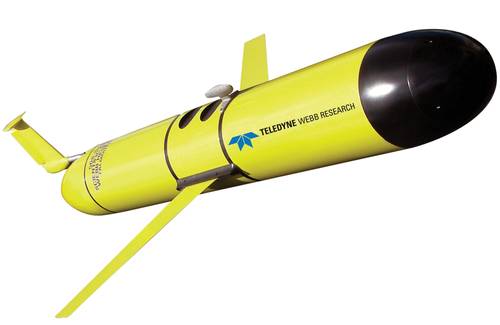
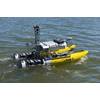
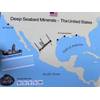
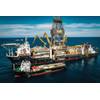
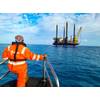

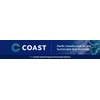






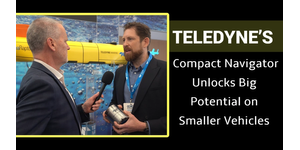
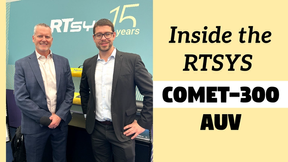

 February 2025
February 2025



